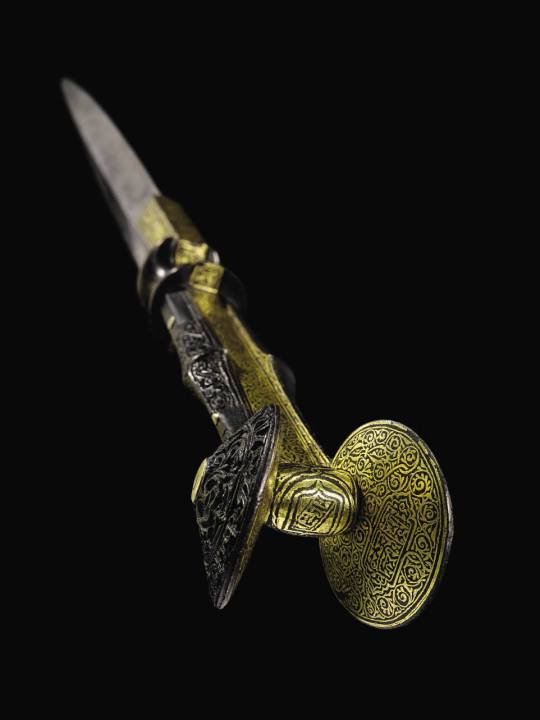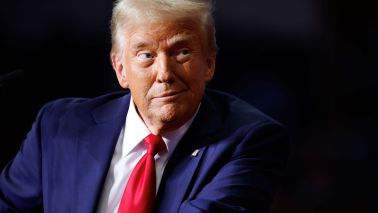The Islamic-art market has seen some changes since it emerged in the late-19th century. At that time, anything Middle Eastern was likely to be classified as ‘Persian’, while for most of the 20th century the preferred term was ‘Islamic art’. Now, it is ‘art of the Islamic world’, and the market is stronger than ever. Last month at Sotheby’s saw a new record for an Islamic weapon: almost £4 million for a dagger from 15th-century al-Andalus.
The Islamic-art market has seen some changes since it emerged in the late-19th century. At that time, anything Middle Eastern was likely to be classified as ‘Persian’, while for most of the 20th century the preferred term was ‘Islamic art’. Now, it is ‘art of the Islamic world’, and the market is stronger than ever. Last month at Sotheby’s saw a new record for an Islamic weapon: almost £4 million for a dagger from 15th-century al-Andalus.
The nomenclature of the field hasn’t changed as much as the names of the buyers. For more than a century, Islamic art was the domain of European aesthetes, who indulged their passion for all things Middle Eastern and had a far greater knowledge of Islam than exists today.
Nowadays, the balance of power has moved to Muslim buyers. Leading the cultural repatriation are Gulf royals who are competing with Turkey’s new rich. Western museums have dropped out, as have private collectors, even at the cheaper end of the market, where numerous articles go unsold.
A Christie’s sale in London last week, however, hinted at a revival of the old Orientalist enthusiasms. Anachronistically called ‘A Window on the Orient’, it tantalised with Eastern promise. Chinese and Japanese items sold to a cosmopolitan audience but, when it came to Islamic pieces, the buyers were, as usual, Muslim.









Comments
Join the debate for just £1 a month
Be part of the conversation with other Spectator readers by getting your first three months for £3.
UNLOCK ACCESS Just £1 a monthAlready a subscriber? Log in